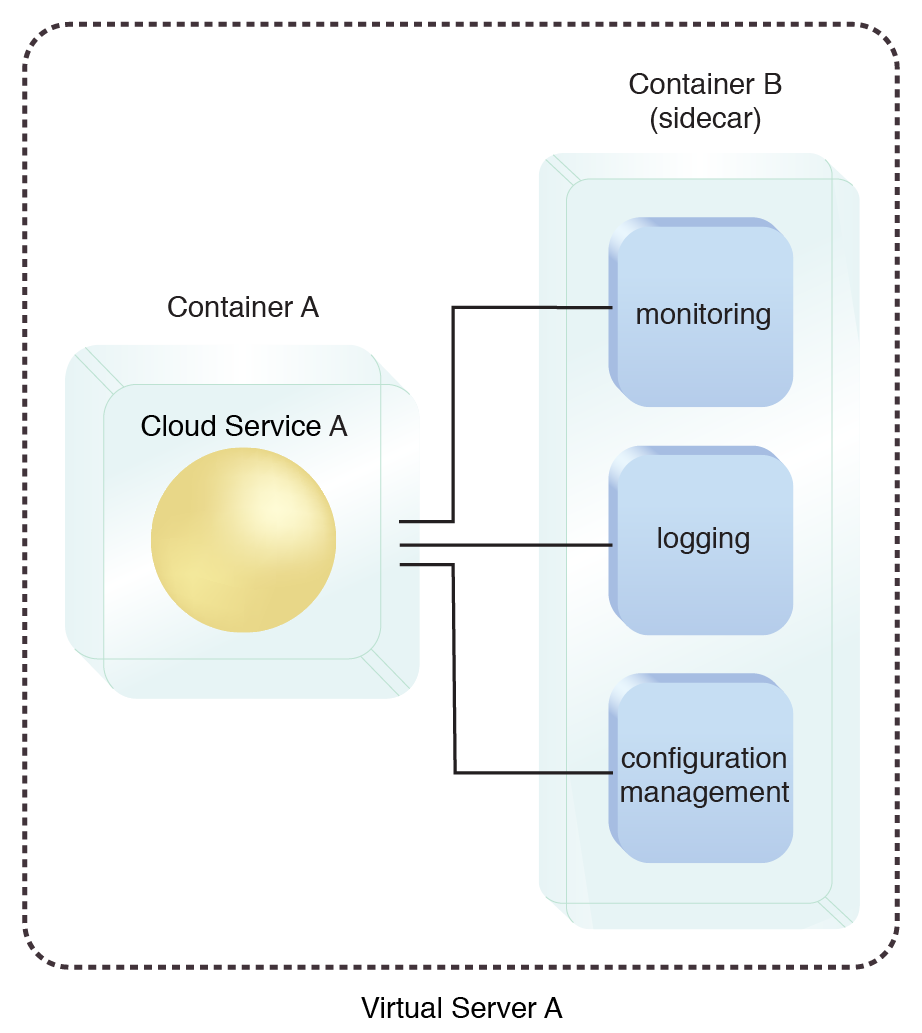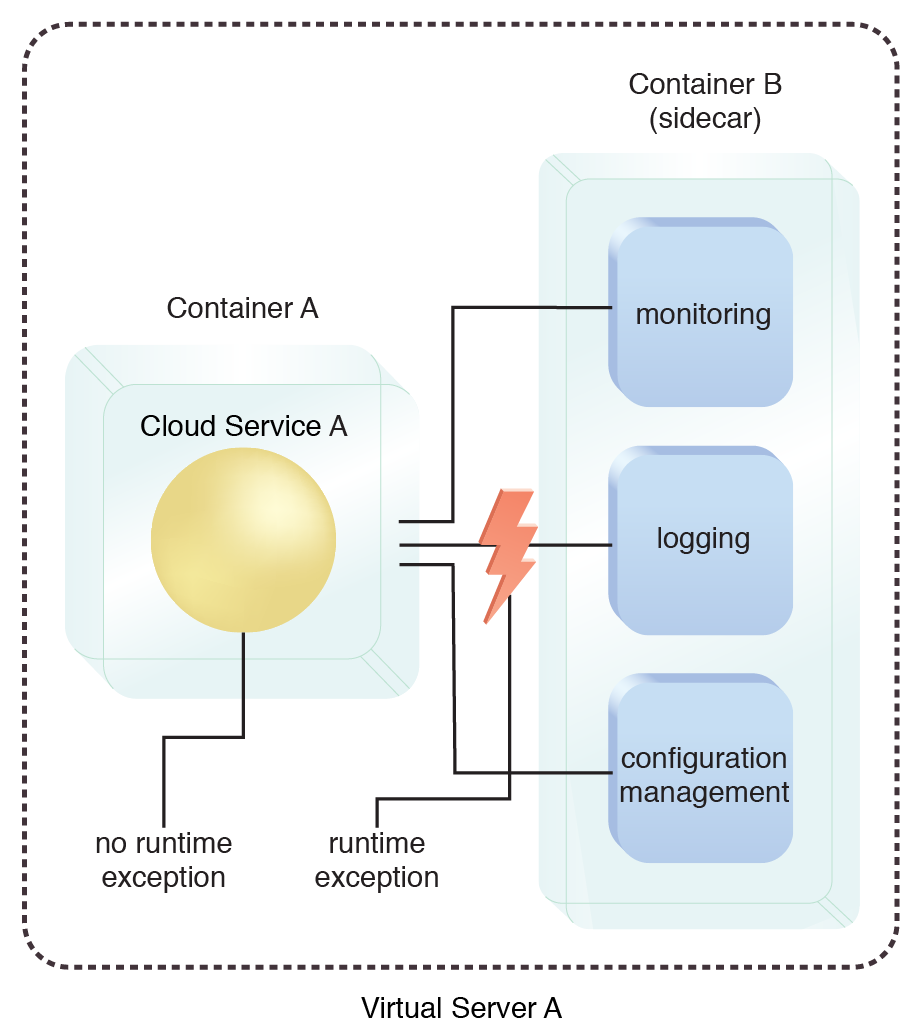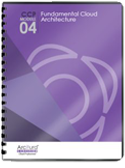Cloud Computing Patterns, Mechanisms > Containerization Patterns > Container Sidecar
Container Sidecar (Erl, Naserpour)
How can cloud services efficiently interact with required utility components and services?

Problem
A cloud service may need access to components and services that perform common utility tasks, such as monitoring, logging and auditing. It would be impractical to redundantly copy them into the cloud service deployment boundary. At the same time, it may be inefficient for the cloud services to remotely interact with them.
Solution
The utility components and services are deployed on the same host as the cloud service, thereby allowing the cloud service to efficiently access them, as needed.
Application
Logical or physical isolation layers can be used to place the utility components and services into separate processes or containers.
Mechanisms
Container, Ready-Made Environment, Remote Administration System
Compound Patterns
Burst In, Burst Out to Private Cloud, Burst Out to Public Cloud, Cloud Authentication, Cloud Balancing, Elastic Environment, Infrastructure-as-a-Service (IaaS), Isolated Trust Boundary, Multitenant Environment, Platform-as-a-Service (PaaS), Private Cloud, Public Cloud, Resilient Environment, Resource Workload Management, Secure Burst Out to Private Cloud/Public Cloud, Software-as-a-Service (SaaS)

A pre-scheduled start-up order of Cloud Service A and its components.

When the logging component generates a runtime exception, it is not carried over to Cloud Service A.
This pattern is covered in CCP Module 4: Fundamental Cloud Architecture.
For more information regarding the Cloud Certified Professional (CCP) curriculum, visit www.arcitura.com/ccp.
